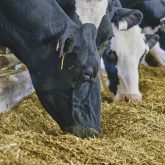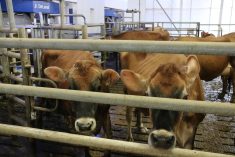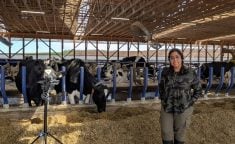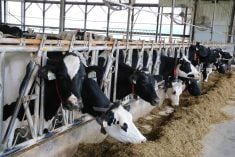Dairy farmers continue to increase wages paid to employees, but the rate isn’t keeping up with other agriculture sectors.
A survey is conducted by the Ontario Ministry of Agriculture, Food and Rural Affairs and the Progressive Dairy Operators (PDO) every three years on labour trends in the dairy sector.
Why it matters: Labour costs have risen quickly as farms and other employers compete for scarce workers.
Read Also
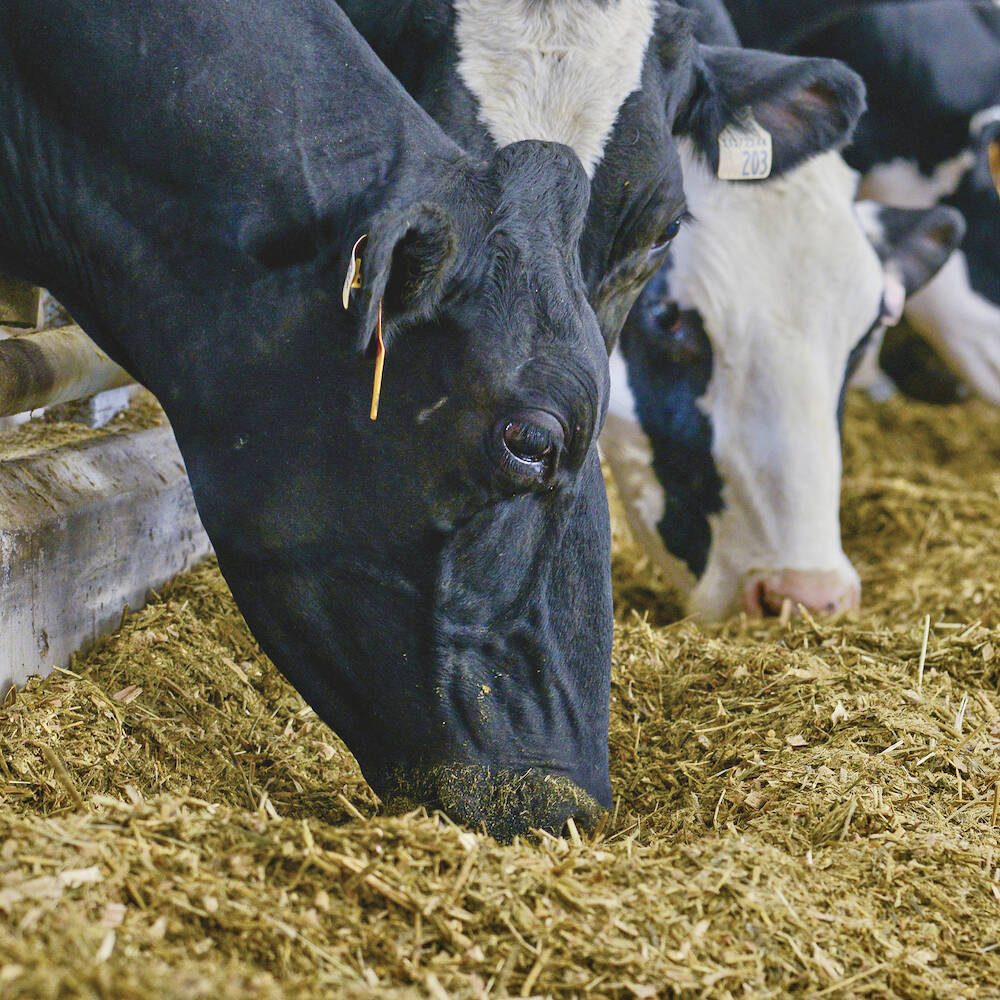
Byproducts with benefits for dairy cows
Local food processors can be a source of financially advantageous byproducts for dairy cows, but make sure the ration is properly balanced.
Seventy-one producers responded to the survey. Five years had passed since the last survey due to COVID and the fact that the survey usually coincides with the PDO symposium usually held every three years.
Marlene Paibomesai, an OMAFRA dairy specialist, said at the recent PDO Triennial Symposium in Toronto that the 71 herds had a median herd size of 150, so larger than the average Ontario herd by about 50 per cent.
The average pay for all employees referenced in the survey was $20.45 per hour for 35.5 hours of work. The average employee had worked on the farms for four years.
There were 234 positions identified in the survey. They included 136 full-time employees over the age of 18 who weren’t related to the farm owner and 49 part-time employees. Young people under the age of 18 do a lot of work on Ontario dairy farmers, mostly milking, with 49 unrelated employees. Four were full time and 45 were part time.
Wages for dairy farm workers have risen by about two-thirds over the past 20 years the survey has been conducted.
| Ontario dairy farm wages | |||
| Position | Wage per hour | Wage pre hour – bottom 25% | Wage per hour – top 25% |
| Calf manager | $18.22 | $15.25 | $21.15 |
| Feeder | $23.41 | $18.87 | $26.50 |
| Herd worker | $21.78 | $18.28 | $24 |
| Herdperson | $23 | $17.85 | $26.52 |
| Labourer | $17.47 | $15.25 | $18.50 |
| Manager | $26.94 | $23.25 | $29.87 |
| Milker | $19.68 | $16.71 | $23.50 |
| Other | $21.83 | $22.13 | $24.75 |
However, dairy farm wage growth in this survey significantly lags wage gains in the broader Ontario economy and on other farms.
While dairy farm wages have grown by 2.4 per cent per year since 2019, they lag growth of 3.3 per cent per year for overall agriculture workers and 3.5 per cent per year for average Ontario workers.
That means average Ontario workers are at about $35 per hour, farm workers at about $27 per hour, with dairy farm workers at $20.45.
Lower percentage increases compound the difference in average wages.
“That can make a huge difference over time,” said Paibomesai. “It will continue to get bigger.”
Other information in the survey showed that:
- Time to manage cows continues to drop as farms get larger and more automation is employed. In 2024, the average number of minutes per cow per day (excluding fieldwork) was 10.8 minutes per cow per day. The range was significant from four minutes to 30 minutes and herds under 100 cows had higher labour minutes per cow per day. Since 2013 the time spent on managing cows has dropped from 13 to 10.8 minutes per cow per day. On a 100-cow dairy, a reduction of 2.2 minutes per day is 3.6 hours less time to manage the herd. Robot-milked herds have the lower average at eight minutes, with rotary milking farms close at nine.
- The age range of farm managers making decisions is declining, which means that there are young decision-makers on dairy farms.
- Twenty-five per cent of survey respondents employed temporary foreign workers.




